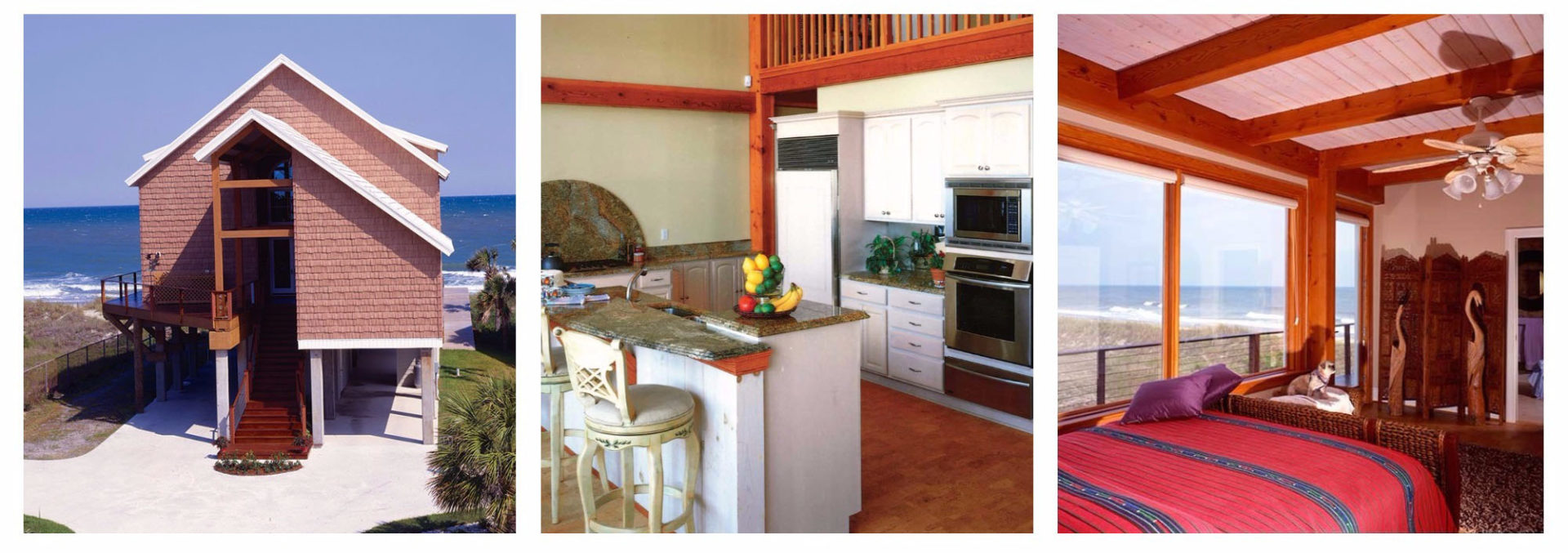The question of whether wood frame houses can withstand hurricanes is one that arises frequently in regions prone to these ferocious storms. With the increasing frequency and intensity of hurricanes, understanding the resilience of building materials has become paramount for homeowners, architects, and builders alike. In this article, we will explore the dynamics of wood frame construction and assess its capabilities in facing the wrath of nature’s most powerful tempests.
First, let’s delve into the anatomy of wood frame houses. Wood framing is a popular construction method characterized by a skeletal structure composed of a network of wooden beams and columns. This system offers various benefits such as cost-effectiveness, ease of construction, and thermal insulation. However, the structural integrity of these wooden edifices in severe weather conditions raises legitimate concerns.
To assess whether wood frame houses can withstand hurricanes, it is essential to examine their design and construction techniques. Modern wood frame homes can be enhanced by incorporating advanced engineering principles. For instance, the use of cross-bracing and shear walls can significantly fortify the structure, enabling it to resist lateral forces generated by strong winds. Additionally, the integration of hurricane ties—metal connectors that reinforce the junctions between rafters and the wall framing—affords protection against uplift forces during a storm.
The role of materials should not be overlooked either. Although softwoods such as pine and spruce are common due to their accessibility and affordability, engineered wood products like laminated veneer lumber (LVL) and laminated strand lumber (LSL) are emerging as formidable alternatives. These materials boast enhanced strength and durability, allowing for more resilient structures that can better endure hurricane conditions.
Another critical aspect is the importance of proper installation. No matter how robust the materials, poor construction practices can lead to vulnerabilities. Adhering to building codes and guidelines specific to hurricane-prone regions is crucial. Local regulations often require wind-resistant designs, sturdy fasteners, and specific anchoring techniques that mitigate the potential for catastrophic failure under high wind loads.
One cannot discount the role of the foundation in the overall durability of a home during a hurricane. Elevating a wood frame house on concrete piers or using flood-resistant foundations can prevent water damage while enhancing the home’s stability. Moreover, a well-anchored structure is better equipped to resist the powerful forces unleashed during a hurricane, making it less likely to suffer severe damage.
It is also noteworthy to consider regional adaptations in construction. Builders in hurricane-prone areas have developed innovative strategies tailored to local weather patterns. For example, the orientation of the home, the shape of the roof, and even the selection of windows can affect how a wood frame house withstands storm damage. Designing homes with steep roofs can help shed wind and rain efficiently, while impact-resistant windows can minimize the risk of shattering and subsequent water intrusion.
While it is compelling to consider these engineering marvels, one should remain realistic. Historically, wood frame houses have not been immune to hurricane destruction. Famous storms have demonstrated that no structure is entirely hurricane-proof. Challenges abound; flying debris can wreak havoc, while low design details such as gutters or unsealed joints can invite significant water damage. Therefore, as we look toward the horizon of storm resiliency, it is incumbent upon homeowners to adopt proactive measures to complement the innate advantages of wooden construction.
Insurance considerations also come into play. Many homeowners in hurricane-prone areas are keenly aware that their insurance policies can vary greatly depending on the perceived risk associated with wood frame versus concrete or masonry homes. A thorough understanding of insurance implications can be instrumental for homeowners pondering the construction of a wood frame house in a hurricane zone. Some insurers may offer discounts for homes that comply with enhanced fortification standards.
Rounding out the discussion, it is vital to consider the role of community planning and infrastructure. Effective urban planning that prioritizes strong building codes and the promotion of resilient construction practices can shape a city’s ability to survive hurricanes. Having designated evacuation routes and emergency management plans also helps reduce the risk to residents, regardless of the materials used in their homes. A collaborative approach between builders, engineers, and municipalities can yield stronger and safer communities in hurricane zones.
In conclusion, wood frame houses can indeed be engineered to withstand hurricanes, given the right combination of design, materials, construction techniques, and adherence to local codes. Though challenges remain, innovative practices and materials are continually evolving to enhance the resilience of these structures. If you are contemplating the construction of a wood frame home in a hurricane-prone area, engage with knowledgeable professionals who can help you navigate this labyrinthine landscape. A house may be built from wood, but with foresight and diligence, it can emerge as a bastion against nature’s mightiest challenges.
